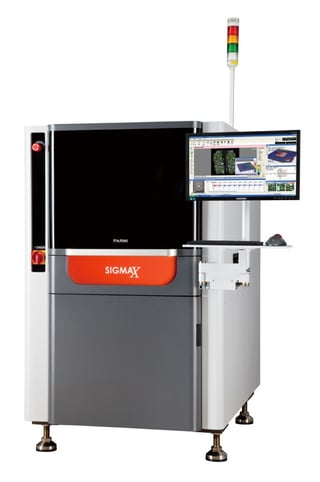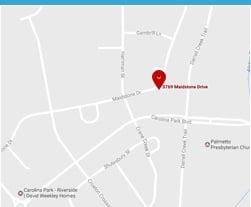
SMT Crash Course
A few weeks ago I spent a week in Baltimore Maryland at Zentech Manufacturing, my new employer and professional “home.” Zentech is a rising star among North American contract manufacturers that has captured the heart and loyalty of the DoD, DARPA and an impressive host of major Mil/Aero contractors in the high-technology corridor of Northern Virginia, Baltimore and Washington DC. As you might imagine, many of these applications are RF/Microwave based.
Since I have spent the last 4 years focused exclusively on RF/Microwave bare boards (both commercial and Mil/Aero) I looked forward to a crash-course on current assembly technology and practices—since the last time I worked with a CM was in the late 90’s! No surprise that is was like drinking from the proverbial fire hose.
Since 2011, Zentech has been steadily investing in capital equipment and automation for a wide variety of reasons. First of all, their high-level customer base drove them there with the demand for high reliability, advanced research initiatives, and the persistent need to reduce Size, Weight and Power (SWaP). It became crystal clear that there were, quite literally, lives depending on Zentech’s quality and reliability. While the purpose of SMT automation is typically for increasing speed and volume of throughput, for Zentech it was additionally driven by the need to dramatically improve quality and reliability that would protect the lives of American soldiers.
Why Anomalies Abound
What I learned about my new employer is that over the past several years, they have used SMT automation to systematically drive variation out of the process—leaving nothing to chance. This includes automation in solder paste application, component placement and solder reflow. Yet in my week-long immersion at Zentech, one statistic grabbed my attention and left me slack-jawed. Here it is: SMT subject matter experts (SME’s) project that 60%, or more, of anomalies in these processes can be attributed to solder paste application. I must admit, I didn’t see that coming as millions of dollars’ worth of machinery whirred around me in our state-of-the-art facility. Emerging technologies offer hopeful new innovations for accurate solder paste application, but for now most CMs still depend on the screen printing process that has been used for years. Screen printing is done with automated equipment that dispenses and spreads solder paste across the surface of a board overlaid by a mechanical stencil. Our VP of manufacturing, Waleid Jabai, explained to me that extreme miniaturization of SMT pads, and the physics of maintaining the proper area ratios on the stencil aperture, as well as the thickness of the stencil are critical factors. A minute variation of solder pasted height or aperture placement can make a monumental impact on quality—and most importantly to long-term reliability.
(See SMT Influence of Assembly Quality article by Waleid Jabai here)

Inspect what you Expect
The best way to keep solder paste issues under control is to add a 3D solder past inspection (SPI) system to your line. These high-tech imaging systems report minute variations in coverage, thickness and density and will trigger a cleaning process for the stencil at the optimum frequency. The data collected may also be used to validate stencil modification guidelines. It was amazing to watch Waleid manipulate the multi-colored 3D images of solder paste-loaded boards from every angle and gather real-time measurements before sending the boards down the line for placement and reflow. When an issue is detected, the boards can be easily cleaned and re-screened before being populated with costly components.
My Take away…and Yours
I have much more to share about my weeklong tour-de-force at Zentech, but I’ll stop here for now. Everything I see and do gets filtered through my RF/Microwave orientation. So, as I headed back to California, I felt great about my decision to join the crack-team of professionals at Zentech. Furthermore, I thought about you—the RF/Microwave engineering community—and how this information and technology might serve you.
Here is what I hope you will take away: I hope this gives you a new level of insight and discretion when you evaluate a potential CM partner, keeping in mind the large percentage of anomalies that arise from solder paste screening.
As for me, my take away is that I feel very confident that whether I provide boards for a ground-penetrating radar that has been designed to save lives, or whether I am supplying evaluation boards for a semiconductor company—the performance, reliability and quality I will offer will be stellar. In my world, it just doesn’t get better than that!





